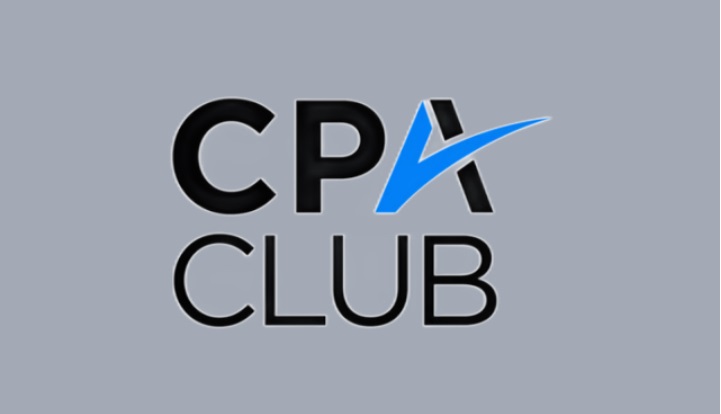Nobody ever tells you change is easy. In fact, facing change takes a whole lot of courage, and it can still be a messy, challenging experience. But in the long run, the consequences of denying change are much more detrimental to our well being. Facing change head-on is the only way to create progress and alleviate some of the stress of the inevitable.
As technological advancements make our lives easier and more complex at the same time, it can be tempting to tell ourselves that we can live like we used to — more off the grid, more disconnected, more analog. But even if it’s possible to make technology less a part of our lives, it’s impossible to completely avoid it. Case in point: even Antarctica has internet. Like it or not, embracing change is the only way to carve out a better future for yourself, both professionally and personally.
Take a new perspective on change
There are all sorts of reasons people have for not accepting the curveballs that are thrown their way. Some people have a real fear of losing control, while others find anxiety in the unknown — and I’m willing to bet everybody experiences this to some extent. When you look at how far accounting software has come along in the last twenty years, you can appreciate how each enhancement improved our lives for the better. When accounting software came out originally for small business owners, there was as much fear of the change, as we have now with artificial intelligence and machine learning entering into the profession. However; we can see now how the development of software for business owners that eventually moved to the cloud has enhanced our relationship with our clients and allows business owners to get the information they need to operate their companies on a real time basis.
In most cases, we’ve already made the decision to move forward when it starts to feel uncomfortable because we can see the writing on the wall. It’s important as we move through this journey, that we give support to others trying to move things forward in our businesses. When we become an active participant in the process you can help them to understand your viewpoint and make a positive contribution to the progress.
The unexpected and unfamiliar parts of life can provide us with so much joy, inspiring us in ways we never thought possible. When you limit yourself to the same old patterns, you eliminate the chance for moments of wonder and innovation. With a new perspective, you may open up possibilities that you never thought possible for your career, and for yourself personally.
Facing change takes practice
It’s one thing to say you can roll with the punches. But actually becoming an adaptable, forward-thinking person may be the biggest and most difficult change of all. We are naturally creatures of habit. And everybody knows old habits die hard. Charles Duhigg’s “The Power of Habit” discusses how you can’t ever kill a habit, but rather you can change it. Therefore, if your habit is turning preventing you from being open to the new opportunities of technology, it’s imperative that you start recognizing it and finding small ways to change it.
Think of it this way. If you’re a picky eater, you would challenge yourself to try one new food or cuisine per week. You may not like everything you try, but it will only take one or two delicious discoveries to open up your senses and your mind. The same principle applies to all kinds of aversions. Just like you use exercise to improve your agility and strength, you can improve any mindset with practice, even when it’s uncomfortable at first.
Applying a change of habit in your professional life takes a little more research and diligence. Understanding emerging technologies or applying revolutionary principles is a bit harder than gaining a taste for spicy food. It’s worth it, though. People who embrace change and are open to the future possibilities are those who advance and find greater fulfillment in their work.
Here are some tips to help shift your perspective:
● Each day dedicate at a least 30 minutes, and mark it on your calendar, to learn more about a technology you’d like to know more about. Find free webinars, watch tutorials on YouTube, and reach out to your network to ask them for their experiences.
● Once you’ve learned a bit, try the technology out. Don’t take on too much at once, but get a feel for what the technology does and how to use it.
● After 30 days, make a list of the pros and cons of using your new technology. What do you like about it? What are the major downsides you would have to overcome to make the solution work for you?
● Prepare a collection of suggestions for your teammates of best practices and tips for using the technology, and start noticing how you accomplish the task now versus when you’re using the new tool.
Technology adoption is happening. When you become a productive and proactive part of the adaptation process, your suggestions are heard more openly. Rather than voicing resistance, approach change with factual and balanced information to become a more integral piece of the process.
Change doesn’t always come naturally for us. It takes determination and willpower. But when you finally do cross the threshold into embracing the unexpected, you open yourself up to an entire new world of possibility.
Thanks for reading CPA Practice Advisor!
Subscribe Already registered? Log In
Need more information? Read the FAQs
![change1_10723106[1]](https://www.cpapracticeadvisor.com/wp-content/uploads/2022/07/33226/change1_10723106_1_.5c8aa9bd27831.png)




